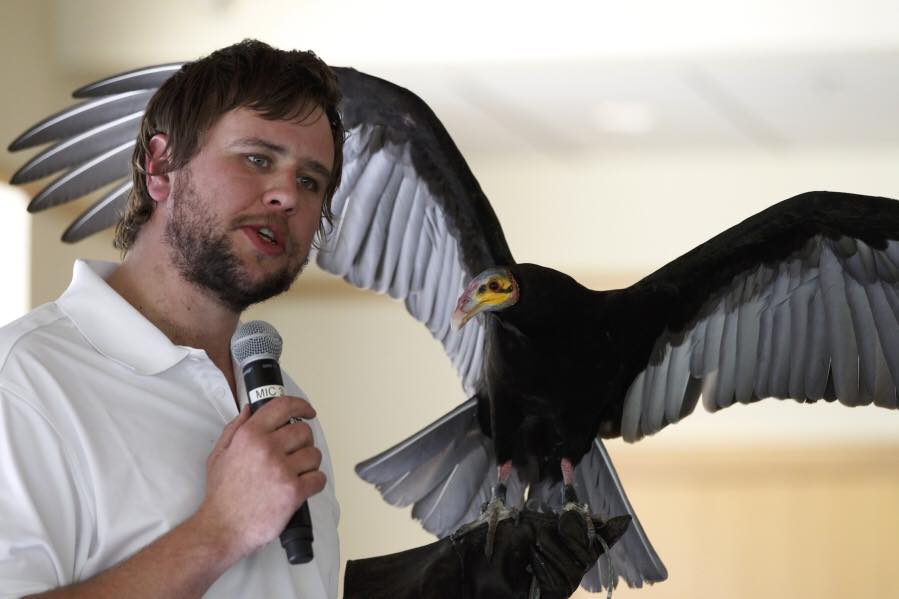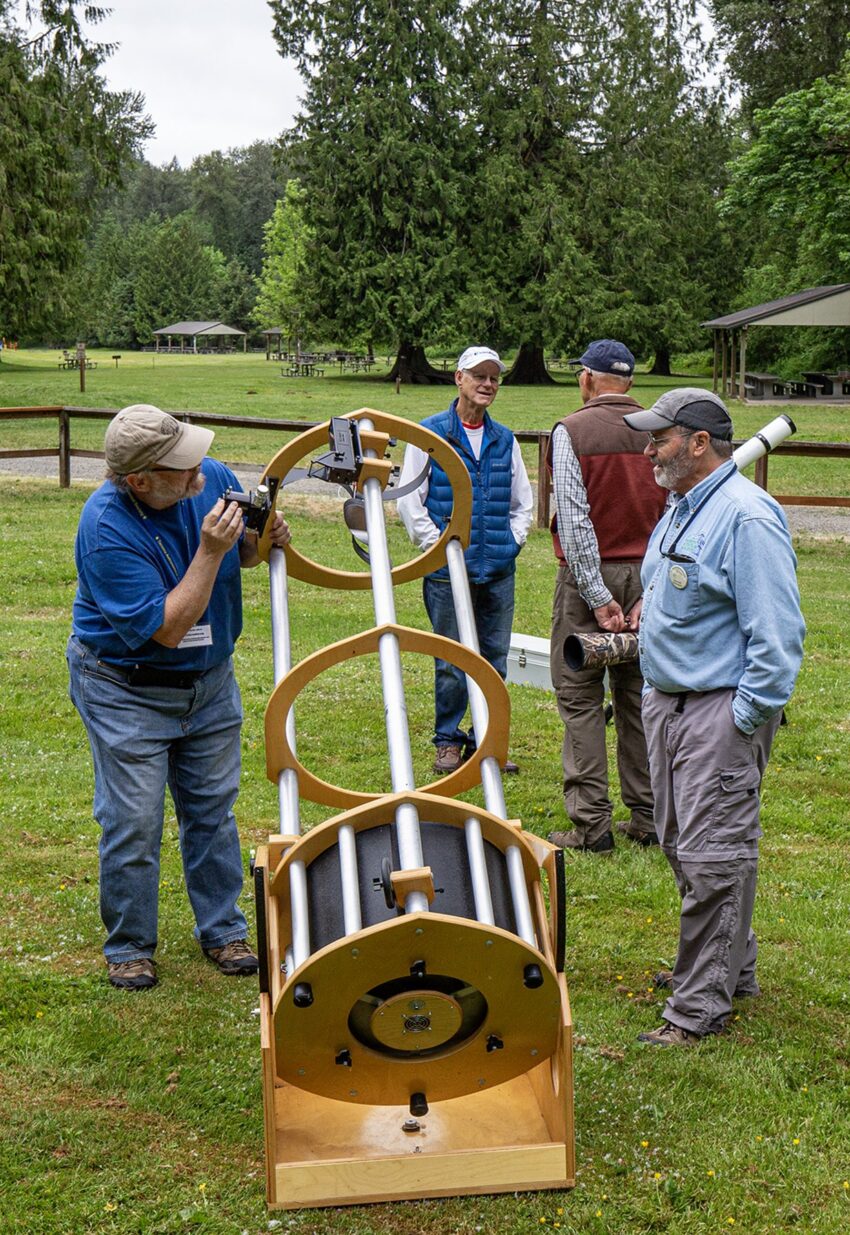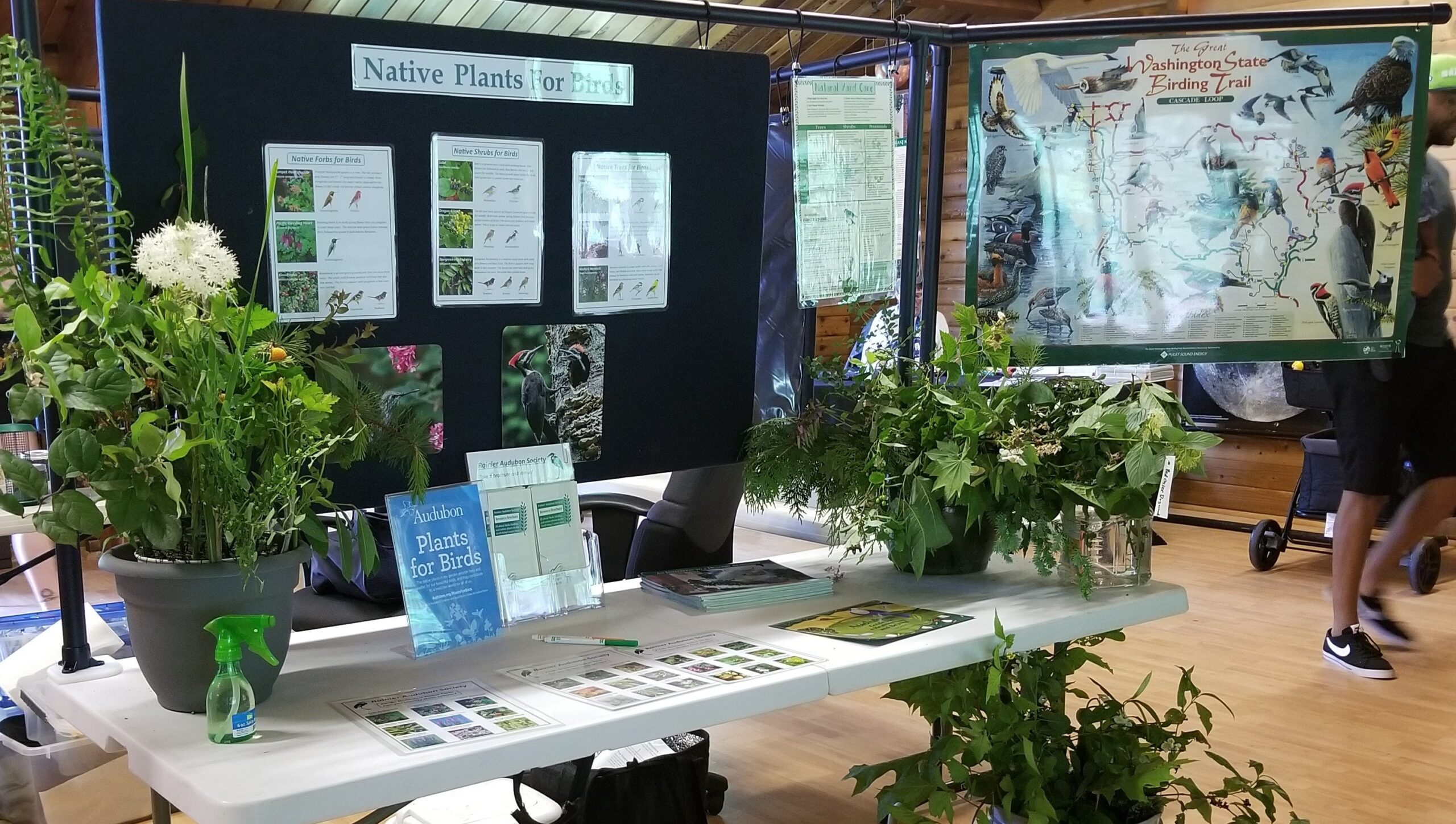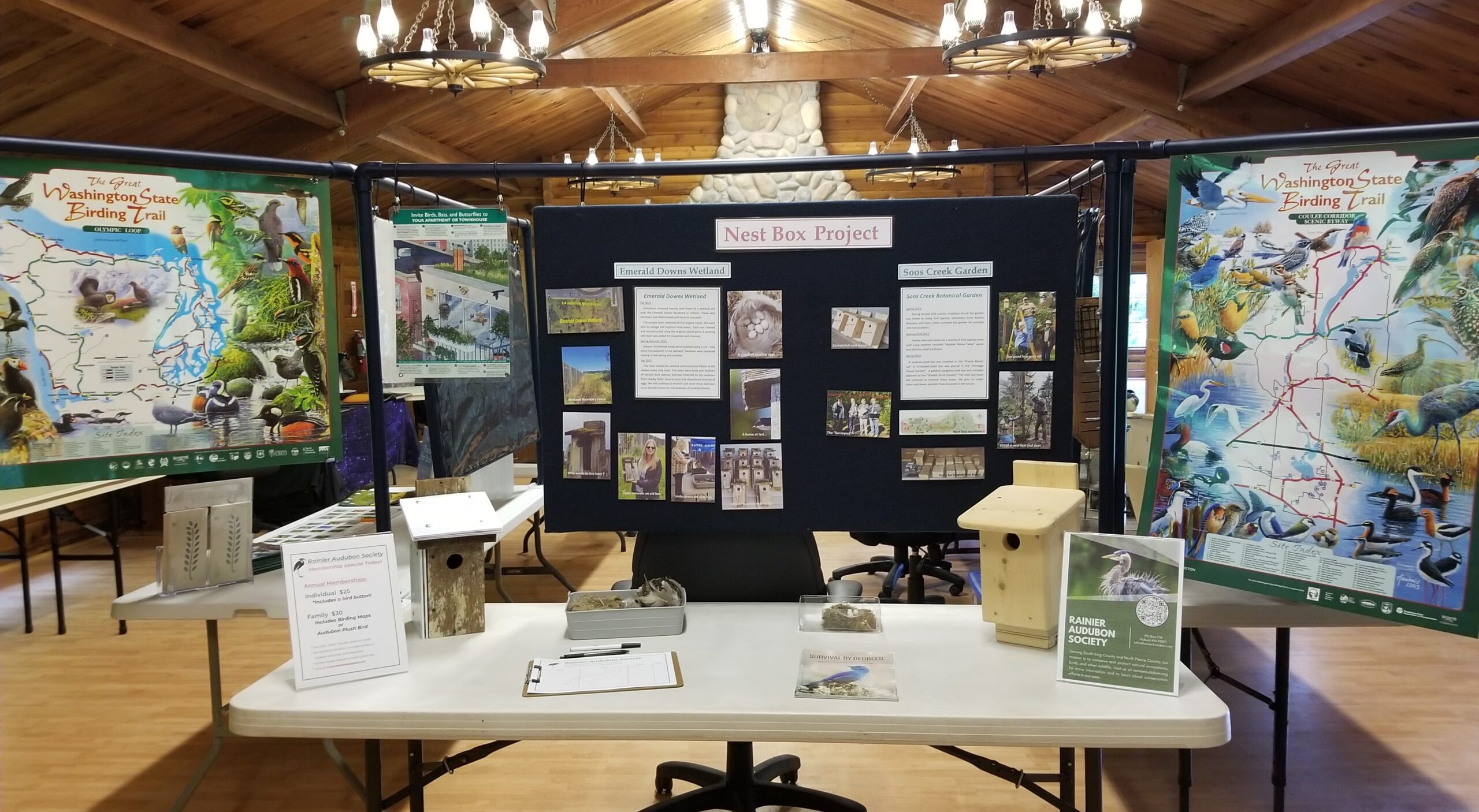
Mewsings From Millie – February 2025

(Reprinted with permission from the Burien Wild Birds Unlimited store.)
Hello again, and welcome to this month’s musings!
There was a lot of excitement around this area back in 2011 when a pair of Steller’s Sea Eagles were brought to the Woodland Park Zoo as part of a conservation program. A couple of my people went to see these birds and said they were absolutely awesome! So of course I needed to find out more.
These eagles are rare, with only about 5,000 of them in existence at that time. They are considered to be the most powerful and aggressive of a group including the Bald Eagle and the White-tailed Eagle, and they are HUGE! The Steller’s Sea Eagle stands three to three-and-a-half feet tall with a wingspan of up to eight feet. Their heads are about the size of a large cantaloupe and their gigantic beaks are, to say the least, intimidating!
Steller’s Sea Eagles’ feathers are a deep, rich brown with white on the shoulders of the wings, on the tail, and underside. During breeding time their main diet is salmon, but they will also eat other fish, crabs, shellfish, squid, small animals, ducks, gulls and carrion.
The Steller’s Sea Eagle breeds in far eastern Russia along the Siberian coast and islands of the Sea of Okhotsk and Bering Sea. They are most common on the Kamchatka Peninsula but are occasionally found on the tiny islands off the northwest tip of Alaska. Many of these eagles will migrate in winter, flying south to Japan and sometimes even farther. Others do not migrate but move to open water during the winter season.
You may be wondering, “Is this the same Steller that our lovely Steller’s Jay is named after?” and the answer is, “Yes, it is!” So, who was Steller, and why is there a bird named after him?
Georg Wilhelm Steller was born in Germany in 1709 but lived most of his life in Russia. He was a zoologist and naturalist. In 1740 he sailed with Captain Vitas Bering (as in the Bering Sea) on an expedition to the Kamchatka Peninsula in the far northeastern regions of Russia. After that trip, he was appointed by Bering to join him on a voyage to North America. The expedition landed on Kayak Island, Alaska, on July 20, 1741. During their short stay there, Steller became the first European naturalist to describe a number of plants and animals including a particular jay with which most of us are familiar.
On the return journey the expedition was shipwrecked on what was later known as Bering’s Island. Captain Bering perished and almost half the crew died of scurvy. The remaining men had little food or water to survive the winter and were plagues by Arctic Foxes. Despite horrific conditions, Steller studied the flora, fauna and topography of the island in great detail, observing among others the Northern Fur Sea, the Sea Otter, Steller’s Eider, the Spectacled Cormorant, the Steller’s Sea Lion (whose meat played a major role in the men’s survival) and, of course, the Steller’s Sea Eagle. I’m not sure if he had already described the eagle on his voyage to Kamchatka Peninsula since it is more common there, but he was the first European to find and describe the bird.
To conclude the story, the survivors constructed a boat in the spring and were able to sail back to the Kamchatka Peninsula. Steller continued to observe and study nature until his death from a fever in 1746.
Before you head out to support conservation efforts and see what birds are at the zoo now, take a second to learn a few more collective nouns describing groups of birds: a cast of falcons; a sedge of cranes; a huddle of penguins.
Until next time,
Millie, the Muse of Mews




